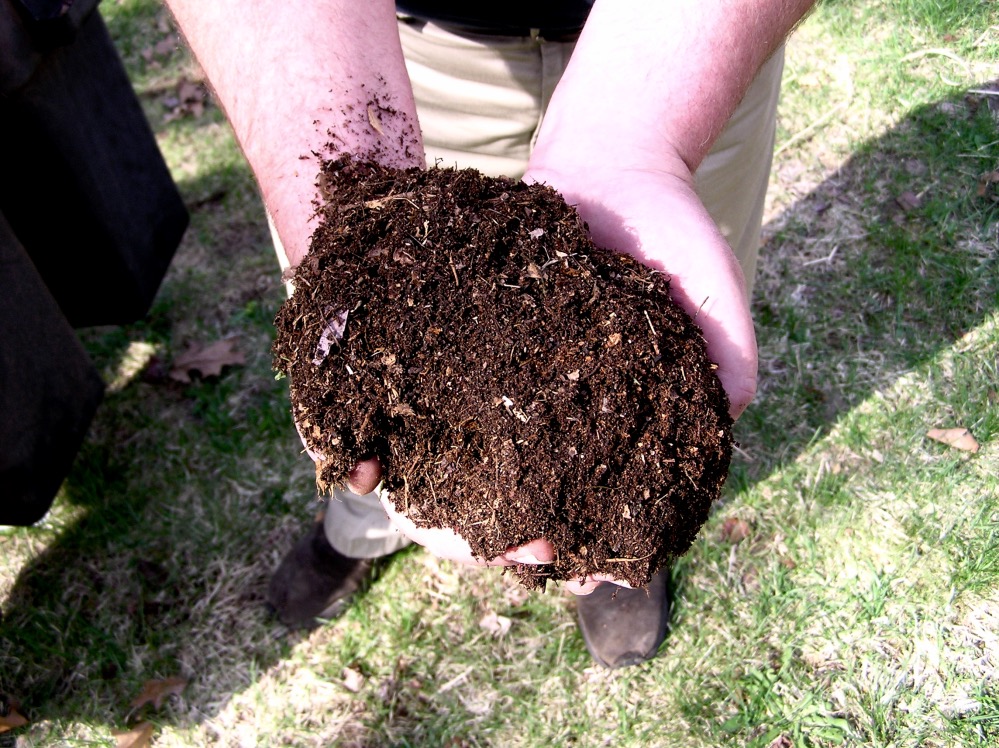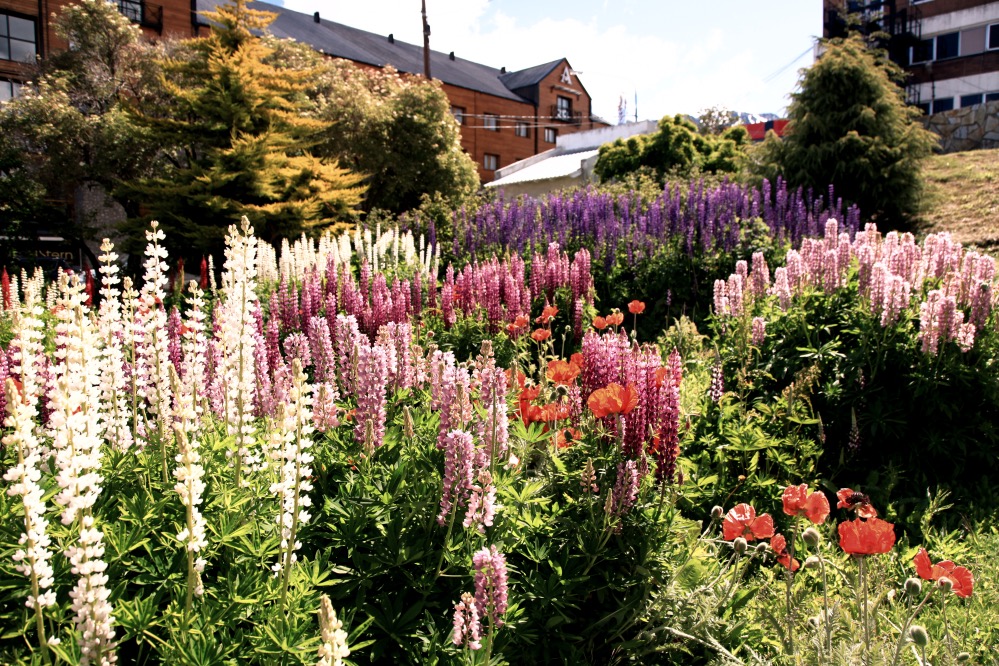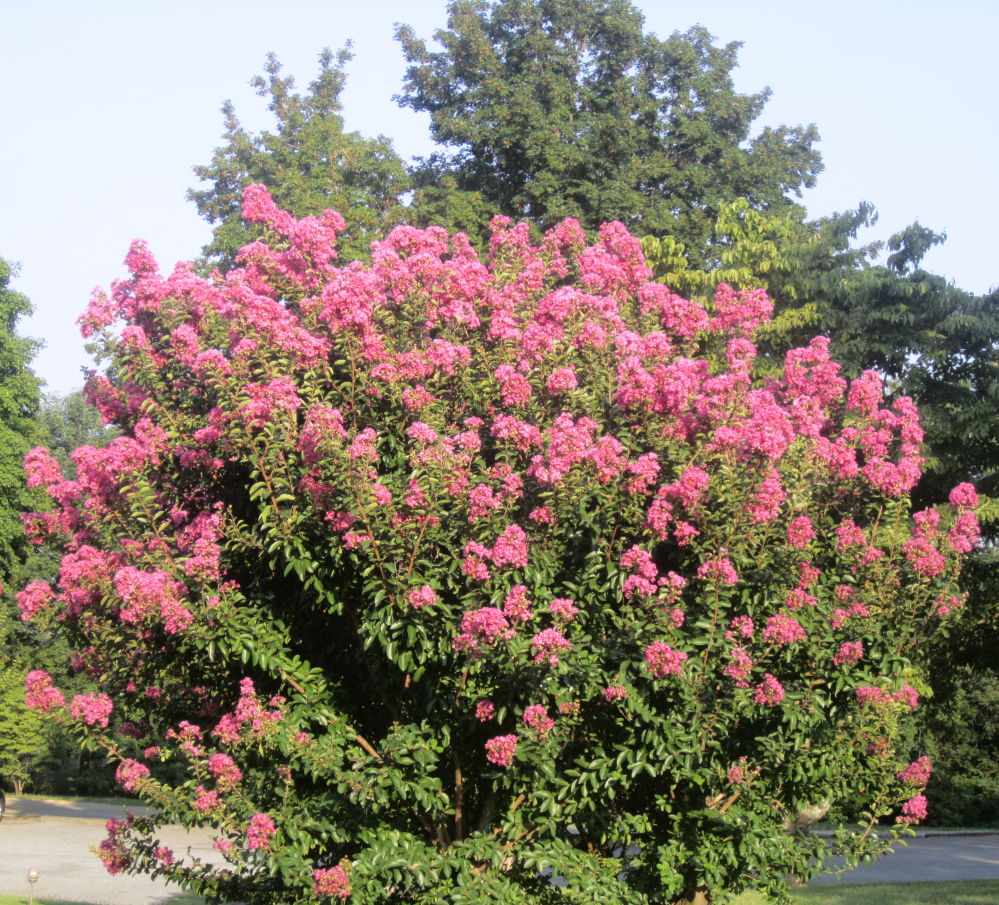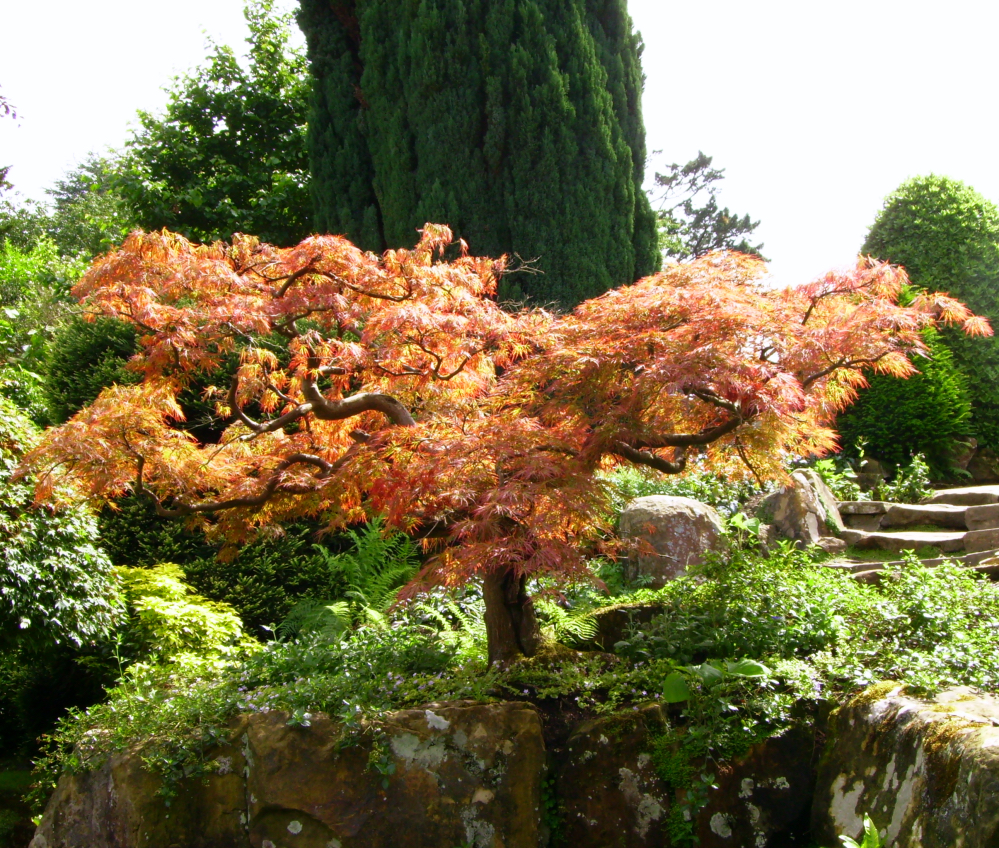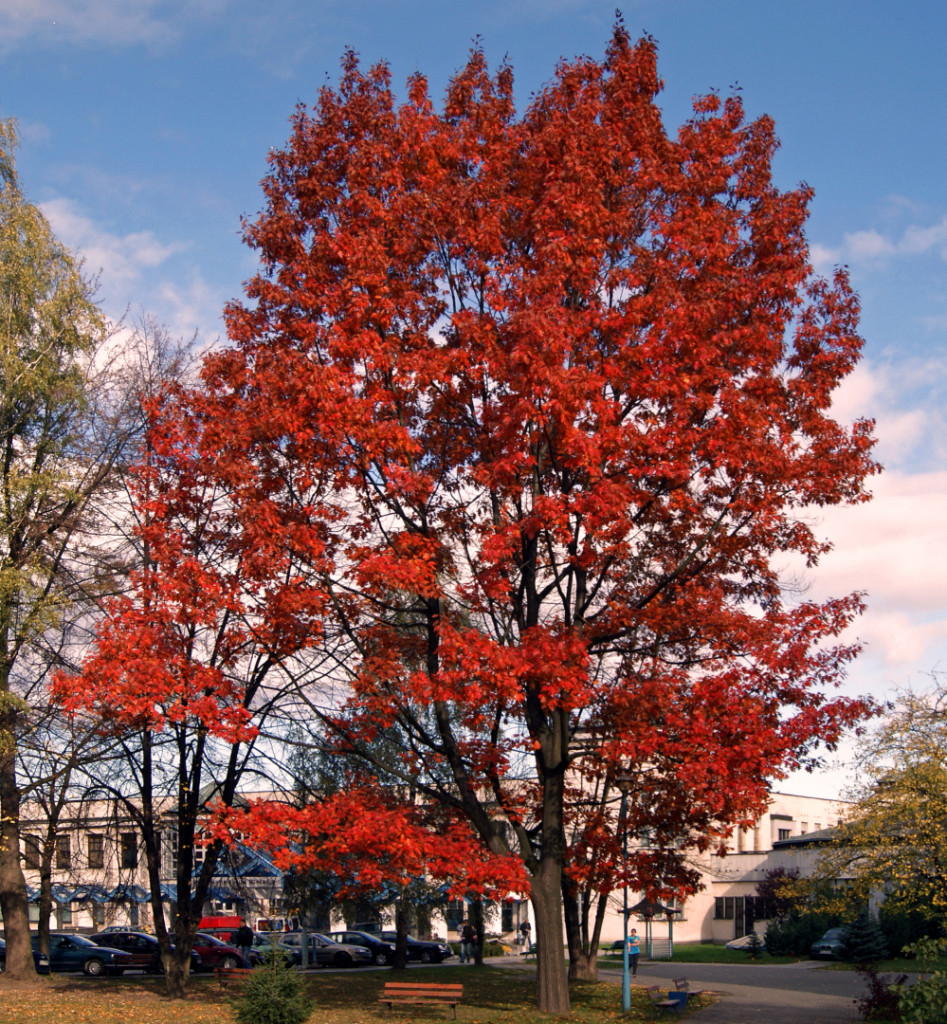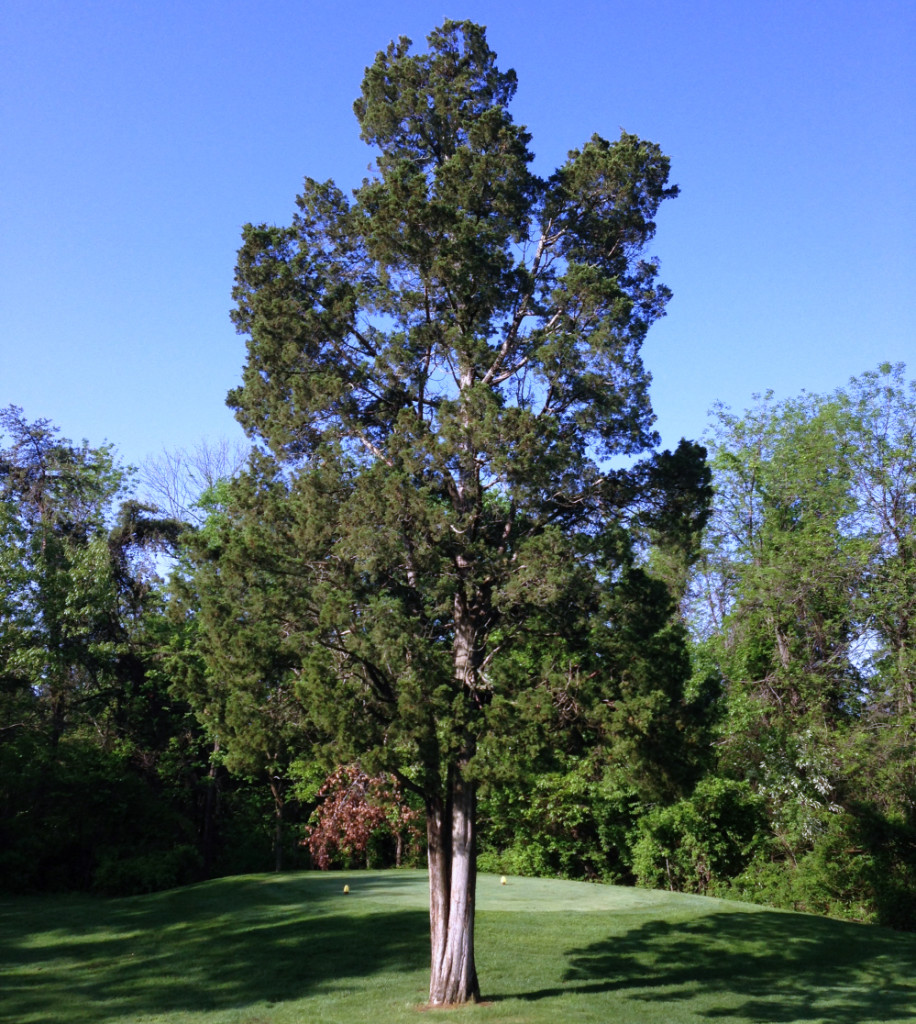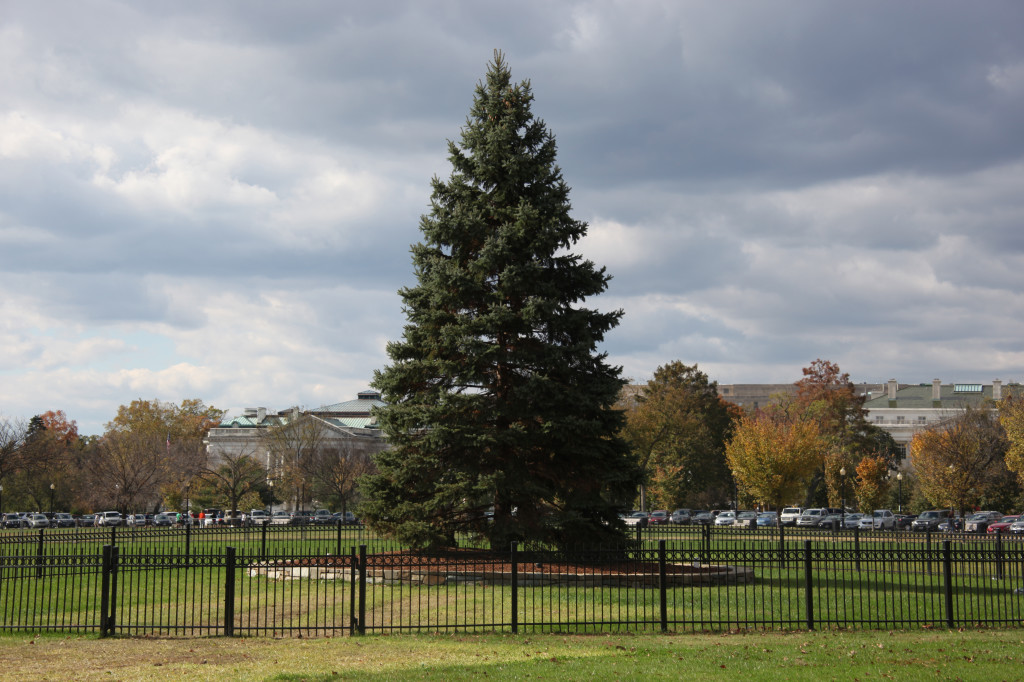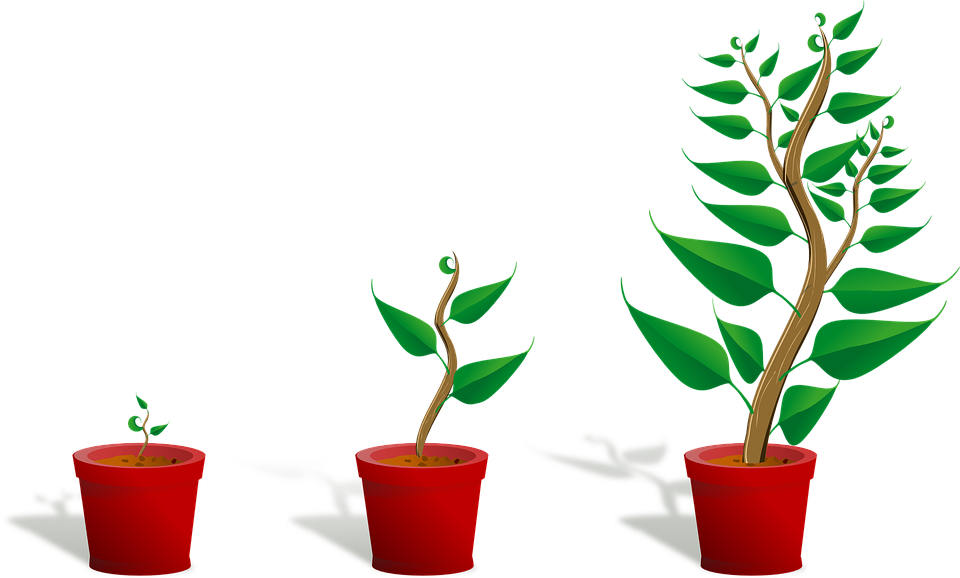Home gardening and farming isn’t about creating the perfect garden, it’s also about enjoyment and relaxation. In order to enjoy your gardening and lawn maintenance undertakings, you need to be as comfortable as possible in the tasks you perform. If you’re forced into awkward, aching positions, then you will surely not enjoy the activity. Tools and supplies can also be quite heavy when carrying out larger projects. Heavy lifting, and extraneous work can lead to injury if not careful. In these cases, certain tools and accessories are available to make your gardening experience as smooth as possible. Below is a list of some necessary items to help protect and comfort you throughout your gardening experience.
Hat and Sunblock
Although this may seem like a minute detail, hats will protect your face from sunburns and skin damage. The American Skin Cancer Foundation suggests wearing a hat and sunblock every time exposed to sunlight for prolonged periods of time. Make sure to find a hat with proper coverage, that covers the entire head instead of just a portion of it. On blazing hot days when the sun is most potent, a hat will also protect your head from heating up, which can increase the risk of heat stroke.
Kneeling Pad
A kneeling pad will protect your knees after hours of gardening. If you are tending to a smaller gardening bed, a kneeling pad is a perfect way of providing comfort during a sometimes back-breaking task. Some kneeling pads can even convert into garden chairs, in case you choose to prune your plants without putting too much stress on your back.
Gloves
Gardening gloves exist to protect a gardener’s hands from gardening hazards. If you’re working with tools, gardening gloves can prevent blisters and calluses from forming. Of course, gloves will also protect gardeners dealing with thorny rose bushes and plants.
Wheelbarrow
Wheelbarrows will help you move soil and heavier object around your yard without too much hassle. If you’ve ever pot planted, you know how difficult moving filled pots can become. Wheelbarrows will help you avoid a great deal of trouble when undertaking larger projects.
Cloches
Cloches are round or cylindrical clear instruments that protect and insulate young plants. According to Lee Reich of Gardening, gardeners and farmers often use cloches to extend vegetation as long as possible before farming season officially ends. They are either made of glass or clear plastic, allowing plants to absorb sunlight from within. The cloche also allows plants to retain humidity and moisture during warm summer days. This creates an optimal growing environment for your plant.
If you found this information useful and would like to learn more gardening and planting tips, check out our twitter @SEGrowers for more info. Thanks for reading !
